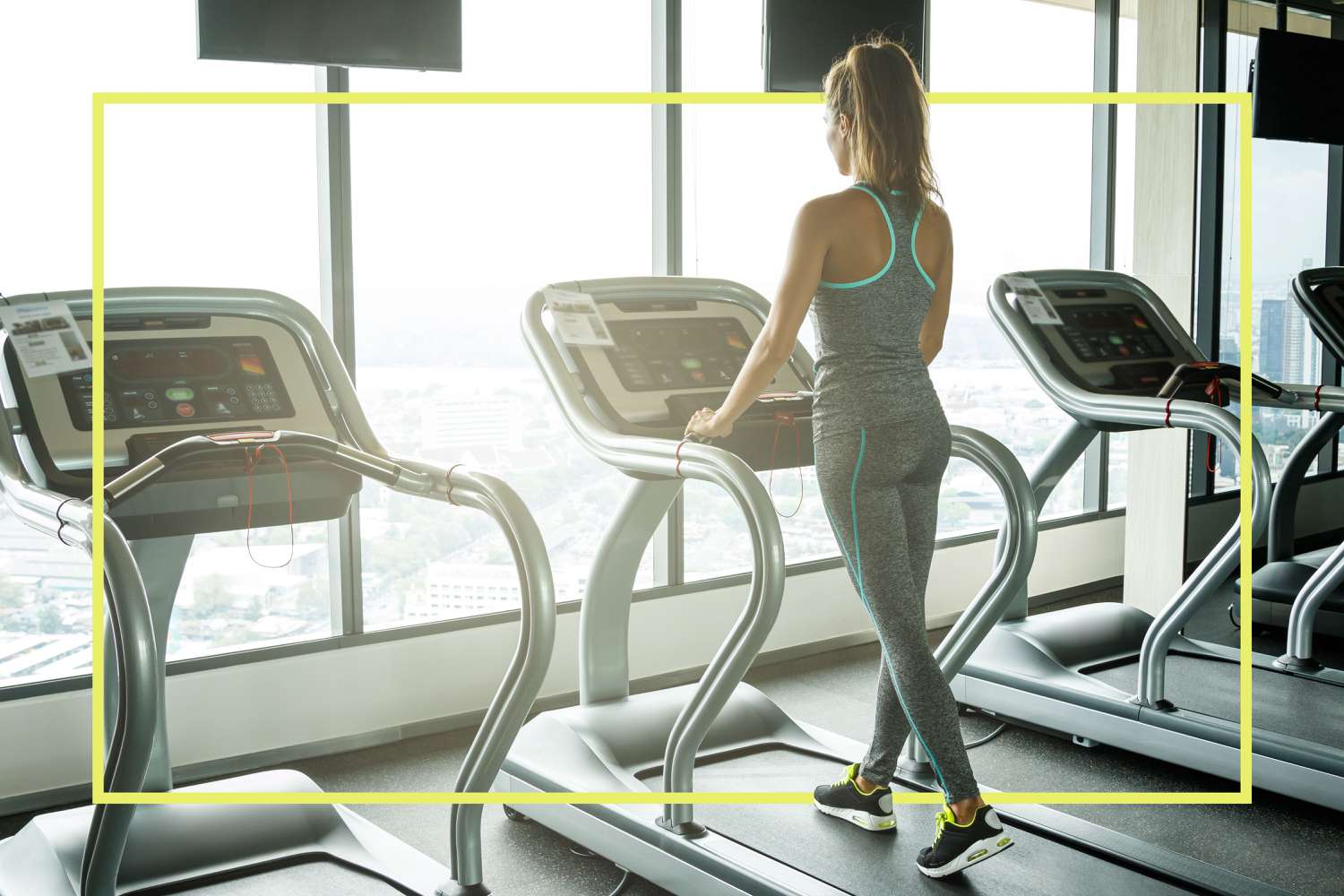Can Walking Help Build Muscle?

Whether you want to burn calories or just get from point A to point B, walking is the simplest way to go. Besides being our natural means of locomotion, putting one foot in front of the other can be great exercise. Striding briskly raises your heart rate, adding to cardiovascular benefits, while taking walks in a variety of environments helps increase coordination and balance.
But what about building muscle—does enough strolling add up to gains in your calves, quads, and hammies? It may not give your legs that ripple like mountains, but hitting the road (or treadmill) can still be a part of a muscle-building workout regimen. Here’s a look at the relationship between walking and bulking up.
Let's start with a little 101 about how the body builds up its muscle tissue.
A small 2019 study, for example, found that a 17-week progressive walking program increased the thickness of the anterior and posterior thigh muscles in older adults. Another study also found improvements in thigh muscle quality from a 10-week walking regimen (with extra benefits in a group that added resistance training to the mix).
Despite these promising results, don’t count on walking to give you a bodybuilder’s physique. As an endurance exercise, it engages slow-twitch muscle fibers, the “behind the scenes” kind the body uses for slow, sustained activities.
If you really want to bulk up, you’ll need to focus on activities that use fast-twitch muscle fibers. Think weightlifting, box jumping, or sprinting. These forms of exercise tap fast-twitch muscle fibers for more dramatic growth.
It's worth noting, too, that building muscle is also a matter of diet. As you perform activities that break down muscle, it’s critical to supply your body with enough protein to build them back up into the swole assets you desire.
While walking does help build some muscle, it offers other great benefits, too. Here are just a few.
Unlike strength training exercises, walking is primarily a cardiovascular activity. Its benefits stem mostly from increasing your heart rate and getting your blood pumping. These advantages alone are worth getting your daily steps in. Research shows that walking more can reduce your risk of cardiovascular disease and lower your blood pressure.
It's also possible that walking may add definition to your muscles by burning off fat. Brisk walking is well-known as a fat-burning activity. A 2022 study on postmenopausal women found that subjects lost total body fat at all walking speeds, but those who walked more briskly lost more weight faster.
Hitting the pavement, the treadmill, or your local mall—no matter how you work it, walking uses a variety of muscles. These are the areas you’ll tone as you trek.
If you want to make your walking workouts more muscle-friendly, you’re in luck. There are several ways to bump up the muscle-building potential of your daily laps.
For starters, you can always increase the intensity of your walk by upping your speed. Your muscles will work harder the faster you go. Also, consider walking up hills or setting the incline on the treadmill higher. Not only will your heart get pumping, but the muscles of your glutes, hamstrings, quads, and calves will stay more engaged, ultimately adding to their growth.
There’s also the option to incorporate weights into your walk. Ankle weights add extra resistance you may feel anywhere from your lower legs all the way up to your core. Grabbing some light handheld weights and swinging them as you go is another muscle-building tactic that targets your arms. Meanwhile, a weighted vest forces your whole body to work harder, burning more calories and increasing total resistance.
Nobody ever said walking was the surest path to bulging muscles. Its main benefits come from raising your heart rate and steadily burning calories.
Still, regular walking promotes overall fitness and can definitely lead to more toned muscles, especially with faster speeds, steeper inclines, and additions like weights. It’s also well worth incorporating into an exercise routine with other strength-related activities.




